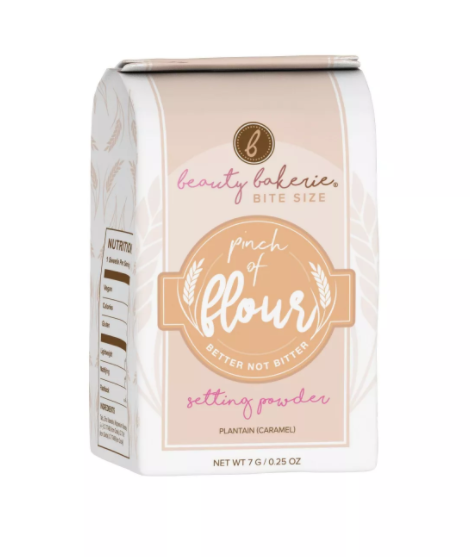
Are you experiencing hot flushes? Have you been through menopause, but still have the same symptoms? This is a very common occurrence.
75% of women report experiencing hot flushes
from approximately age of 40 through to 80.
What Is a Hot Flush?
A hot flush is a
sudden wave of mild or intense body heat, sometimes followed by chills. This is
believed to be due to decreased oestrogen levels and hormonal changes.
Flushes last from
a few seconds to a half-hour, due to blood vessels opening and constricting.
These episodes often cause distress and affect psychological health.
What Causes a Hot Flush?
The source of hot flushes is unknown but
appears to be connected to several factors. Every woman is different, however,
which makes it a difficult task to pinpoint the exact causes. Investigation is
ongoing.
According to research, hot flushes are usually caused by:
- Lowered
Estrogen - Stress/Anxiety
- Consumption
of phytoestrogens (soy products) - Thyroid
dysfunction - Biopsychosocial
behaviours – what you think about menopause can be a trigger to how you cope
with it - Smoking
- Poor
nutrition
Who Is
Prone to Hot Flushes?
It seems that not
all women experience hot flushes. So, who does? Generally, these are women with
a low tolerance to core (inner) temperatures or changing hormone levels.
Women who suffer
from disorders like stress, anxiety, and depression are also prone to hot
flushes. Additionally, women who’ve had chemotherapy/radiation and
hysterectomies can also experience these symptoms.
What
Happens in the Body?
The Hypothalamus
sits at the base of your brain. It controls your body’s thermoregulation. Its
job is to help manage your core internal temperature.
Due to external factors,
your temperature may drop too low or rise too high. An SOS is then sent to
muscles, organs, and the endocrine (hormonal) system. When the body receives
these signals, it adapts to the change, i.e., via shivering or sweating.
Women sensitive
to temperature changes may experience hot flushes. This is due to the narrowing
of the core body temperature set point. Changes in hormone levels also affect
other hormones responsible for regulating your body temperature.
According to the
Women’s Health Network, the effects of
menopause vary depending on culture. In fact, many
women in the western world suffer from long-term hot flushes, while women from
the east haven’t even heard of this symptom.
The organization
notes that stress and depression have a detrimental effect on the health of
numerous women. Negative mindsets towards transitional changes from the effects
of menopause can cause severe symptoms.
Science is making
great discoveries in the field of women’s health. Research continues into the
origins of menopause and the accompanying side effects. And we do know the mind
is a very powerful tool when it comes to the way we deal with life.
How Can You Help Yourself?
The key to
alleviating menopausal symptoms seems to be found in mindset. By adopting a
positive attitude towards menopause and the changes it’s made to your life, you
can actually ease the severity of your symptoms. And remember, you are not
facing this alone.
Some women shared
with me that their doctor dismissed their concerns about menopausal transition.
If this is your experience, please find a medical professional who treats you
with respect as an individual and offers help and clarification around your
menopausal symptoms.
Possible Lifestyle Triggers to Cut Down or Avoid
Many studies point to certain factors
that can trigger menopausal symptoms. These include:
- Caffeine
- Dehydration
- Sugar
- Alcohol
- Spicy
foods - Stressful
situations - Stressful
thoughts - Sleeping
in a hot or unventilated room - Too
many clothes - Worrying
about the next hot flush - Rarely
prioritising quiet and nurturing time for yourself
There are other simple and effective ways to help you through hot flushes. To this end, I have broken down the what, why, and how of it all into a downloadable video tutorial.
Are you experiencing hot flushes? When do they
affect you the most? What do you do to alleviate their effect? Please share
with our community and let’s have a conversation.





